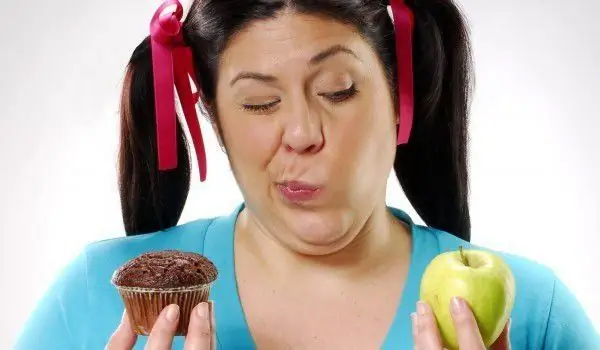2025 Author: Jasmine Walkman | [email protected]. Last modified: 2025-01-23 10:18
Dyes, which are used in various types of products, are also part of the already known E's. We can find them on the packaging and recognize them by looking from E 100 to E 199. What are the colors in the food we eat? Naturally, the most logical reason is to give the products a better commercial appearance - in some foods they are added to change the color, in others to enhance them.
Where are they most often used? We can find them in all kinds of food products, but it seems that most colors are used in ice cream, various types of jelly and chewy candies, carbonated drinks.
What are the banned dyes and where are they banned:
- E 102 - yellow color, used for coloring dry sushi, jams, snacks, cereals, pastries. It is banned in Australia and Norway.

- E 104 - used in cosmetics - lipsticks, colognes and more. also has a yellow color. Its use is not permitted in the United States and Norway.
- E 107 - the colorant is found in soft drinks and its use is not allowed in Australia and the United States.
- E 110 - it is found in the content of snacks, ice cream, cereals. Not used in Norway.
- E 122 - added to jelly products. Not added in Norway, USA, Australia.
- E 123 - also contained in jelly products and various fillings. It is banned in many places, including the United States, Russia, Australia, Norway.
- E 124 - is considered to be carcinogenic (animal experiments have been performed) and is not used in the USA and Norway.
- E 127 - red dye, which is banned in Norway. Contained in snacks, pastries.

- E 129 - it is found in spices, food and cosmetics, in addition, it is banned in many countries.
- E 132 and E 133 - are banned in many countries, have a blue color and are used to color biscuits, bakery products, ice cream, dairy products.
- E 142 - is contained in green peas and is banned for use in Sweden, Norway, USA.
- E 151 and E 155 - contained in brown sauces, chocolate cakes, etc. Not used in Sweden, Switzerland, USA, Germany and others.
It is recommended to avoid the use of the following colorants - from E 173 to E 175, E 180, E 160 (b), E 150 (a), E 150 (b), E 150 (c), E 150 (d), E 120, E 128, E 131, E 107. E 103, E 121 are absolutely forbidden for production.
Recommended:
7 Inappropriate Food Combinations That Are Harmful To Your Health

A lot of people make mistakes, combining foods which should not be consumed together. Some food combinations are more dangerous than others, but all can cause harm to the body. Indigestion and stomach discomfort are just some of them. Here they are inappropriate food combinations which are harmful to health and for which you should be vigilant when planning your daily menu.
Harmful Habits That Are Not So Harmful

We have all heard criticism of our bad habits. Don't eat chocolate before dinner, don't go to bed so late, always have breakfast to stay healthy - sounds familiar, doesn't it? However, it turns out that most of the things that are in our routine are more than wrong.
The Most Harmful Food Before Bedtime

Many people like to eat when they get up at night. This habit is acquired mostly in the student years, when you have to study late and the brain has to eat. In youth, the metabolism is so good that even the night tables do not affect the figure.
Why Is The Consumption Of Canned Food Harmful?

Since ancient times, people have sought to preserve surplus food or seasonal products for longer. They used methods such as drying in the sun, smoking the fire, abundant salting, freezing in ice and others. Finally, the French confectioner Aper discovered a method of preserving food by prolonged cooking in a closed vessel immersed in water.
Food Coloring From Natural Products

The cake and pastry look much more beautiful if they are decorated with colored cream, shaped with a syringe like roses or spectacular waves. You can prepare harmless food coloring yourself, which is completely safe for health, as it is made from food products.

